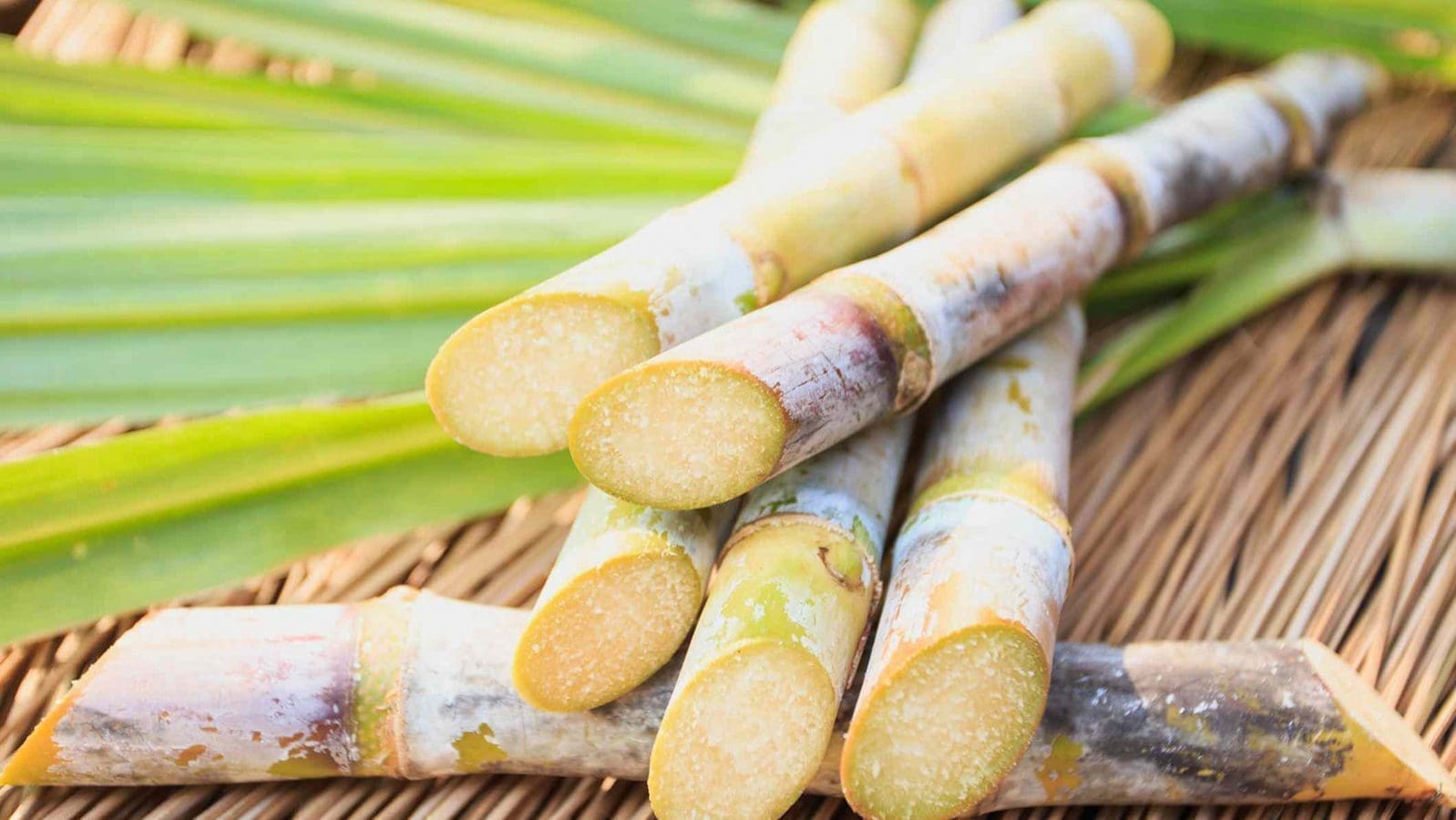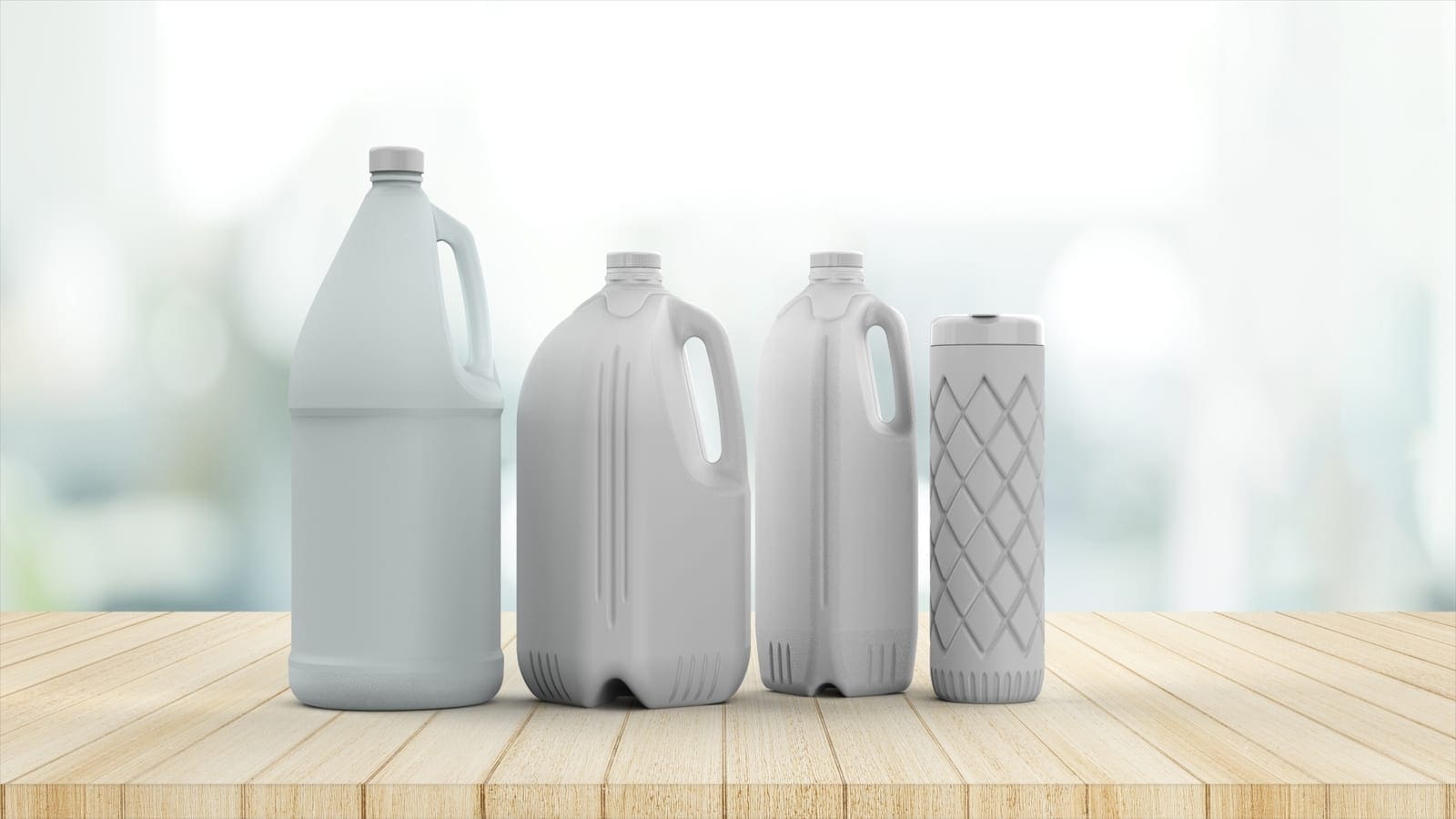KENYA – Sugar production in Kenya is forecast to decrease by 4 percent in MY 2022/23 to 660,000 MT due to lower sugarcane yields caused by higher fertilizer prices which are expected to limit fertilizer application.
The decline in production will be registered despite rise in harvested area which is forecasted to increase by 3 percent from 209,000 to 215,000 hectares, due to new plantations in Transnzoia and Narok counties.
For many farmers in these areas, sugar has become a more attractive option than maize due to lower labour requirements and guaranteed farmgate prices and sales through contracts with mills.
USAID in a GAIN report notes that private mills, accounting for nearly 80 percent of the country’s total sugar production, are expanding into zones that were previously reserved for state-owned operations.
In the long term, this will likely improve Kenya’s sugarcane yields and processing efficiency.
Kenya’s Sugar Research Institute (SRI) reports that new private sector-supported sugarcane plantations produce up to 140 MT/HA of cane compared to yields of 90 MT/HA in traditional areas serviced by public mills.
This difference in yields is largely due to better harvesting practices and lower transportation losses in farms contracted with private sector mills.
Kenya’s sugar consumption is forecast to increase 5 percent to 1.15 million MT
Private sector mills also tend to provide more robust extension services than public mills. Additionally, they convert sugarcane to sugar at a more efficient rate, averaging a cane to sugar ratio of 10:1 compared to 18:1 in public mills.
Despite the decline in local sugar production, consumption is forecast to increase 5 percent to 1.15 million MT as consumers return to the restaurant and hospitality sectors following the lifting of COVID-19 restrictions.
To meet the high demand, the East African nation is set to import 500,000 MT of sugar from 375,000 MT purchased in the previous corresponding period.
With the exception of Saudi Arabia, most of Kenya’s imports are from Common Market for Eastern and Southern Africa (COMESA) countries.
In 2022, the Sugar Directorate of Kenya’s Agriculture and Food Authority limited imports of raw sugar from all countries to an annual limit of 180,000 MT.
This ceiling is enforced through the issuance of import permits. Under this policy, once the limit is reached, no further import permits are issued.
Imported raw and refined sugar is subject to a common tariff of 100 percent. However, raw and refined sugar from COMESA countries can enter Kenya duty-free up to an annual safeguard quota of 350,000 MT.
Imports from COMESA countries in excess of this quota are subject to the common 100 percent import duty.
Additionally, Kenya permits refined sugar from any source to enter at a discounted 10 percent tariff if it is used in domestic manufacturing of goods for export.
While Kenya does not export significant amounts of sugar, this policy supports exports of goods that use sugar as a raw ingredient.
Liked this article? Subscribe to Food Business Africa News, our regular email newsletters with the latest news insights from Africa and the World’s food and agro industry. SUBSCRIBE HERE










